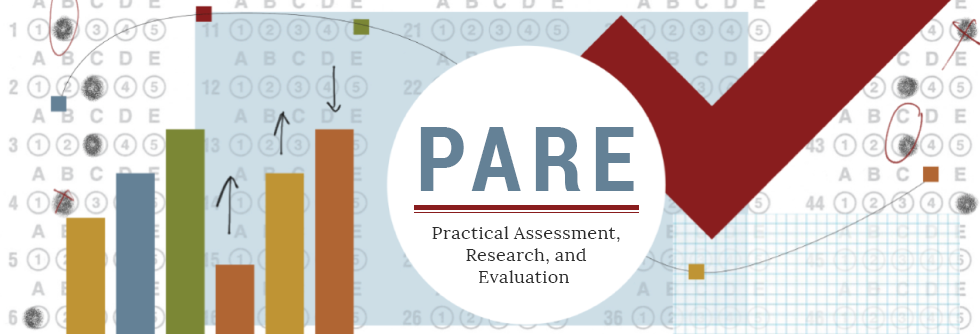Informative Hypothesis for Group Means Comparison
DOI
https://doi.org/10.7275/tme5-8x52
Abstract
Researchers often have hypotheses concerning the state of affairs in the population from which they sampled their data to compare group means. The classical frequentist approach provides one way of carrying out hypothesis testing using ANOVA to state the null hypothesis that there is no difference in the means and proceed with multiple comparisons if the null hypothesis is rejected. As this approach is not able to incorporate order, inequality, and direction into hypothesis testing, and neither does it able to specify multiple hypotheses, this paper introduces the informative hypothesis that allows more flexibility in stating hypothesis testing and is directly targeted to address and state the researcher’s study concern. The two new hypothesis terms under the informative hypothesis framework, the unconstrained and complementary hypotheses are introduced, and the approaches to state the level of evidence using the Bayes factor and Generalization AIC are elaborated. As this hypothesis conception is relatively new and the literature was mostly technical, the main aims of the paper are to introduce this conception, offer a general guideline, and provide an easy-to-read approach to the procedure with practical examples of carrying out this hypothesis approach and contrast it to the frequentist, using the R package.
Recommended Citation
Tan, Dr. Teck Kiang
(2023)
"Informative Hypothesis for Group Means Comparison,"
Practical Assessment, Research, and Evaluation: Vol. 28, Article 1.
DOI: https://doi.org/10.7275/tme5-8x52
Available at:
https://scholarworks.umass.edu/pare/vol28/iss1/1
